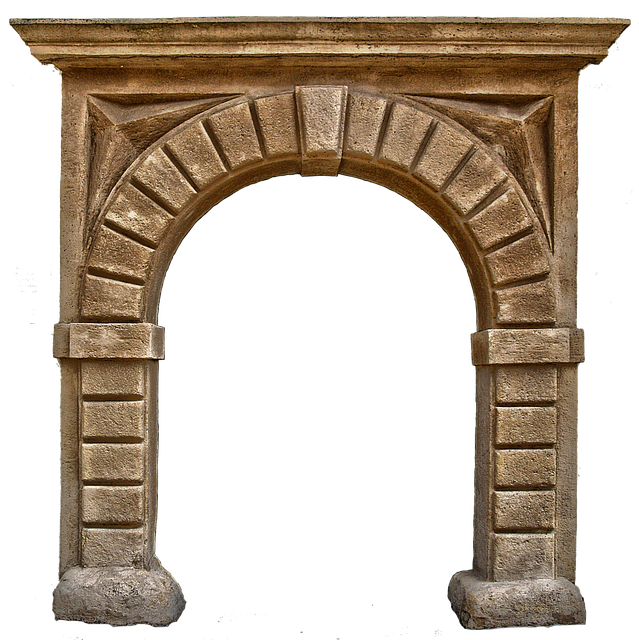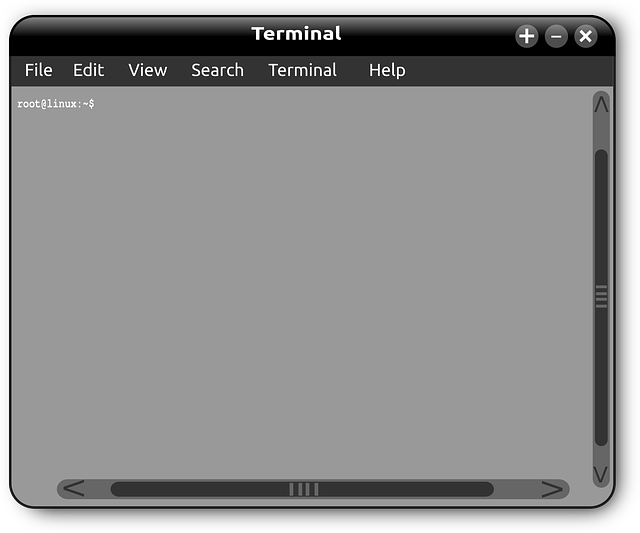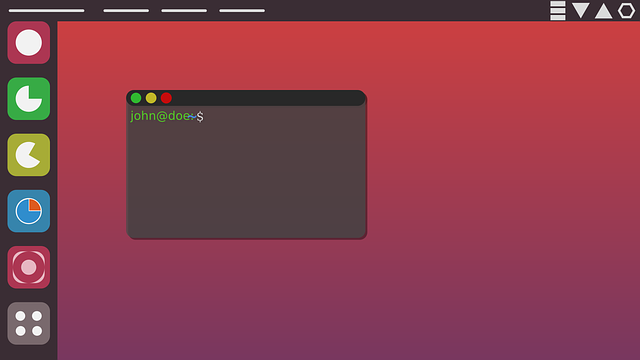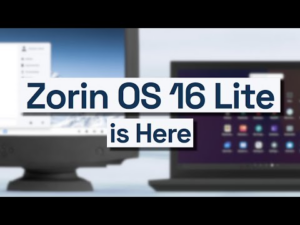Arch Linux is an exclusive operating system that offers the user full control. Arch Linux requires less resources to function properly and can be adapted to suit particular requirements. It includes a variety of applications that can be helpful for multimedia professionals and programmers, and people who use desktops. The tools are benchmarking applications to measure performance on the internet and processing speed and software for managing disks. They are also helpful in diagnosing problems. They are available within the Arch User Repository (AUR). This AUR is a repository maintained by the community of software that is integrated into the repositories of Arch.
In order to begin setting up Arch it is necessary to make an USB drive that is bootable. USB drive. There are various software options like USBImager and Rufus. Both are multi-platform graphic software that allows you to create compressed ISO images onto an USB drive. You’ll need to pick the destination of your Arch Linux ISO file and the destination on your USB drive for you to make a bootable drive.
After booting off the USB after booting, you’ll receive the GRUB or Syslinux Boot loader Menu. Pick the correct option based on the motherboard model you are using.
Next step is to create the partitions. The next step is to determine the dimensions of each partition, as and a name for the partition. The majority of the time it is recommended to make a 20GB primary partition, and then a five gig swap partition. When you’ve completed this you can click on the install button.
After the installer has finished the installation process, it will be asking you whether you’d prefer to restart your PC. It is possible to skip this step in case you want to set up something prior to restarting the system.
It’s necessary to disable secure boot within your UEFI settings, if this is turned on in your PC. This prevents the BIOS that runs UEFI from attempting to create a new partition on the hard drive while starting.
When you reboot your PC, you’ll have to create the root password as well as the chroot directory. After that, you’ll have to include a entry in the /etc/fstab file for each partition. This will inform the system how to put each drive.
One of the best features that is a highlight Arch Linux is its rolling release model. It means that the operating system is always up-to-date with latest updates and patches. This is particularly beneficial to multimedia professionals as it allows for better and faster performance.
Furthermore, this system is made to be a DIY system which means that it’s completely up to the user build their own systems. This could be difficult for newbies, however it gives you the ability to customize your system to get maximum benefit from the system. Developers have many documents for the beginner user. But your final setup is dependent on you. Making the effort to get yourself with the system can pay dividends. This is a great option for the experienced GNU/Linux user, or for someone who has a positive attitude and will read through the instructions and figure out problems by themselves.





























+ There are no comments
Add yours